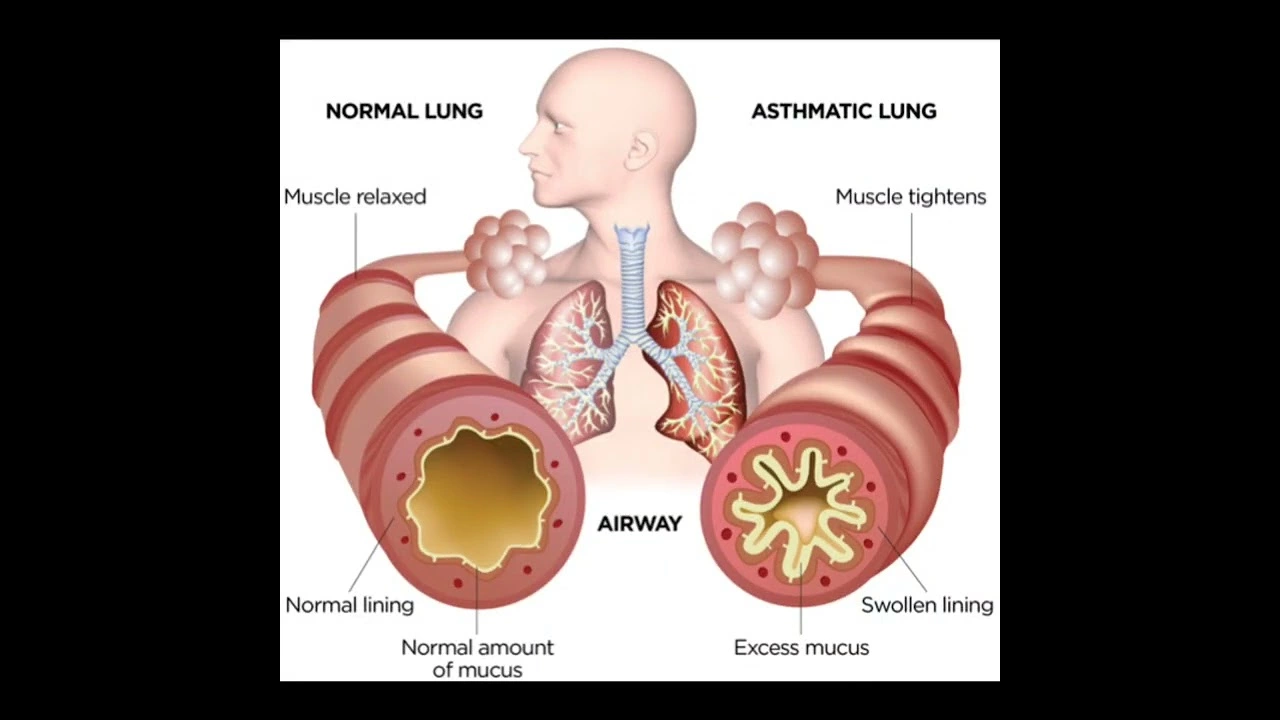Bilastine: what it treats and why people pick it
Want an antihistamine that doesn’t make you foggy? Bilastine is a second‑generation antihistamine used for allergic rhinitis (hay fever) and chronic urticaria (hives). It works on H1 receptors to reduce sneezing, runny nose, itching and hive flare‑ups. People like it because it usually causes little or no drowsiness while giving around‑the‑clock relief.
How to use bilastine
The usual adult dose is 20 mg once a day. Take it on an empty stomach — ideally one hour before or two hours after a meal — because food and some fruit juices can lower how much drug your body absorbs. Follow your local product label for exact timing.
There are lower doses or child formulations in some countries; check the label or ask your pharmacist. Bilastine is taken once daily, so set a simple routine: same time each day. Don’t exceed the recommended dose, and don’t double up if you miss one—take the next dose at the usual time.
Side effects, interactions and safety
Common side effects are mild: headache and occasional tiredness. Unlike older antihistamines, bilastine has a low risk of sedation for most people, but everyone reacts differently—try it before driving or operating heavy machinery.
Bilastine has few known drug interactions, but avoid mixing it with strong sedatives or alcohol until you know how it affects you. Avoid taking it with grapefruit or certain fruit juices close to the dose; those can cut absorption and reduce effectiveness.
If you’re pregnant, breastfeeding, or have severe kidney problems, talk to your doctor first. Labels and local approvals differ by country, so a healthcare professional can advise if bilastine is right for you.
How fast will it work? Many people notice improvement within an hour, and relief typically lasts about 24 hours. If symptoms persist after a week or two, or if hives are severe or breathing is affected, seek medical help right away.
Practical tips: keep a symptom diary to track triggers and response, store the medicine out of reach of children, and show your healthcare provider a list of all drugs you take to spot rare interactions. If you need quick relief during an allergy attack, discuss adding other short‑term treatments with your doctor rather than changing doses on your own.
Bilastine is a solid option if you want effective allergy relief with low sleepiness. Still, every case is personal—ask your pharmacist or doctor for tailored advice and check the product label where you live for exact dosing and age limits.
Bilastine and Asthma: Can It Help Manage Symptoms?
As a blogger, I recently came across the topic of Bilastine and its potential role in managing asthma symptoms. After thorough research, I discovered that Bilastine, an antihistamine, has shown promising results in reducing allergic reactions which could benefit those suffering from asthma. Preliminary studies suggest that it may help in controlling symptoms like wheezing, coughing, and shortness of breath. However, more research is needed to establish its effectiveness and safety for asthma patients. Until then, it's important to follow your doctor's advice and prescribed medications for managing asthma symptoms.

